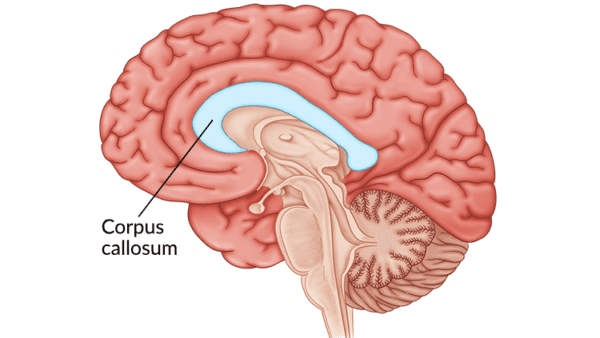What is epilepsy? Epilepsy is a neurological disorder where abnormal electrical activity in the brain triggers seizures. Some epilepsy syndromes have a genetic component, while others do not. Usually, epilepsy is controlled with anticonvulsant medications, but sometimes these don’t work, for example in the case of drug-resistant epilepsy, so surgery might be offered to try […]
Viral Encephalitis
What is Viral Encephalitis? Viral encephalitis refers to acute, diffuse inflammation of the brain caused by a viral infection. Other microorganisms such as bacteria and fungi can trigger encephalitis, but here we will focus on viral causes, the most common of which is the herpes simplex virus. It is a relatively rare pathology affecting mainly infants […]
Spinal Cysts
Spinal cysts are benign, fluid-filled lesions that can develop at any level of the spine. They can often be asymptomatic for many years and its normal for them to vary in size and type. They can occur at any age, though are more common in over 50s and overall there is no gender difference when it […]
Supplementary Motor Area Syndrome
SMA Syndrome stands for Supplementary Motor Area Syndrome. It is a temporary neurosurgical condition first documented in 1977 and arises from damage to the supplementary motor area of the brain. It occurs in 26-100% of surgeries that take place in one of the two supplementary motor areas. We can think of it in 3 phases, which […]
Hemifacial Spasm
What is it? Hemifacial spasm is a rare condition, affecting on average 4,000 people in the UK. A spasm is when a muscle, or group of muscles, contracts involuntarily, when they’re not supposed to. The word ‘hemifacial’ describes the area affected by the spasm – half of the face; most commonly the left side. Both […]




